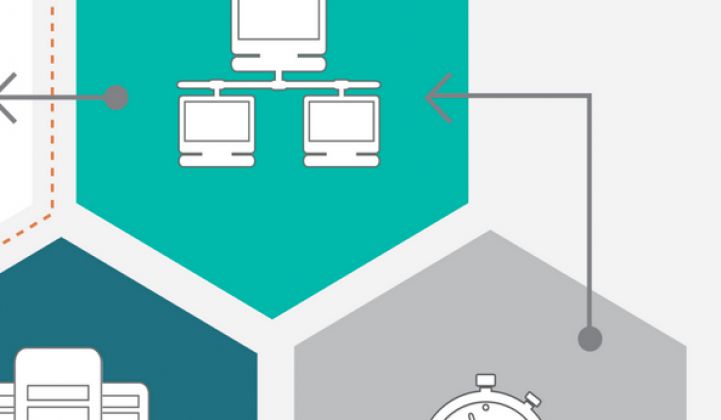GE Ventures has made an additional investment in PingThings, a predictive intelligence platform for electric utilities.
This investment adds to the $1 million GE Ventures invested in PingThings in an earlier round. PingThings grew out of Frost I3, an incubator established by Frost Data Capital and GE Software.
General Electric has been working as a strategic partner with PingThings for a year and will include the startup's value-add offering on its Grid IQ platform. “They’ve been invaluable to honing our direction,” said Rich Sootkoos, CEO of PingThings. PingThings is also in discussions with Siemens.
Unlike some other big-data analytics solutions, PingThings is not trying to be all things to utilities with increasing streams of data coming from all directions. Instead, it is coming to market with two products tailored to the transmission grid. It does not require utilities to install any additional hardware or do any complex backend integration into legacy systems. “For those reasons, our solution is easier for utilities to digest,” said Sootkoos.
The first product detects geomagnetic-induced current on transmission transformers, even if they don’t have sensors on them. PingThings uses synchrophasor data and other inputs, such as SCADA data, to look for potential disturbances from solar flares.
Geomagnetic disturbances are one of the primary concerns of the Federal Energy Regulatory Commission, which has issued a rule for transmission grid operators to develop a plan to deal with the issue.
“This is a pressing need and a call to action,” Sootkoos said of the FERC order for utilities to have a plan in place to deal with such events. “It’s an avenue for us to get our foot in the door.”
The second product centers on asset health maintenance. Unlike some other products on the market, it is not just a stream of real-time information, but rather pinpointed predictive analytics that identify anomalies in the electric signatures of transmission transformers.
“The new round of funding coming from several parties, including strategic investor General Electric, will likely lead to further application development, including bolstering its recent effort to enter predictive asset health,” said Ben Kellison, director of grid research at GTM Research.
“They’re already getting data from high-fidelity sensors,” Sootkoos said of utilities pulling in synchrophasor data, “but they don’t know what to do with it.” Even five years ago, most utilities simply didn’t have the streams of data they have today. He said that utilities PingThings is speaking to are intrigued that they could get access to predictive analytics about a transformer that doesn’t have a sensor on it.
PingThings uses many of the best-in-breed data architecture solutions that are leveraged in other markets. The technology is based on Apache Spark, which was built to deal with real-time data streams. The platform also leverages Cassandra storage engine and Apache Kafka, which was developed by LinkedIn.
By focusing on the transmission grid, instead of the distribution grid, PingThings has less competition to face, especially as it partners with some of the major companies that could otherwise be competitors. The startup estimates that helping U.S. utilities decrease their scheduled maintenance by 10 percent could save $36 billion annually.
PingThings also plans to offer a cloud-based solution for smaller utilities in the future. For now, it is working with a handful of large utilities to prove out its technology and expects a beta release of the two products at the end of this year.



